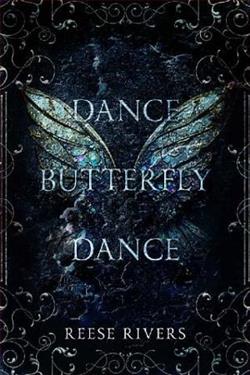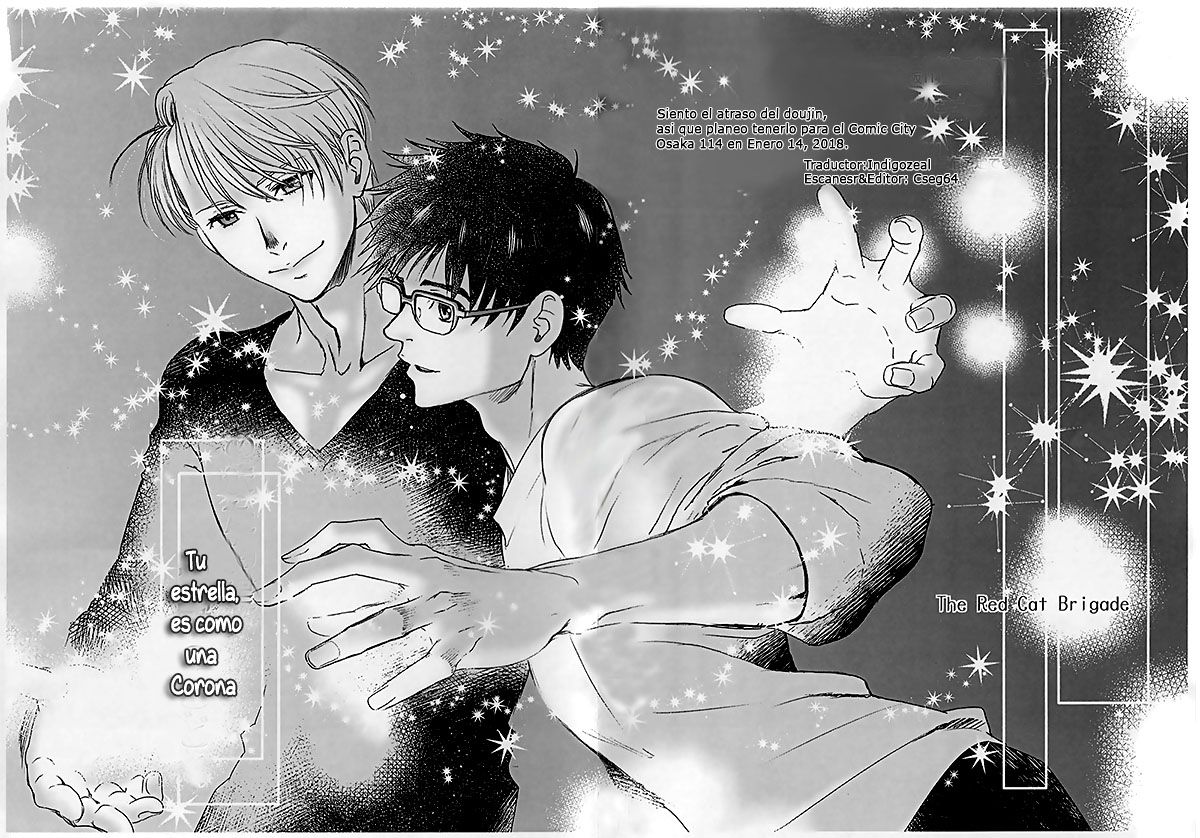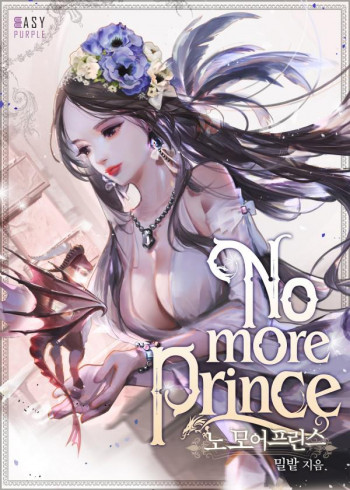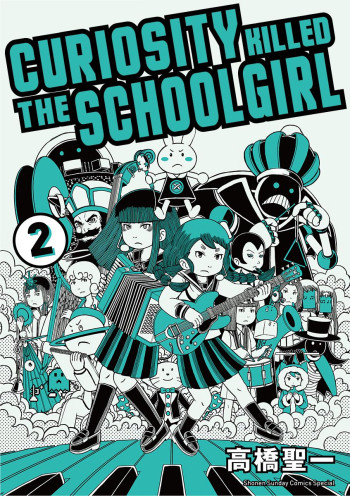Summary

Dance Butterfly Dance
by Reese Rivers
Savy’s got secrets that she’ll never tell
A nobody, a nothing, all alone, she’s in hell
They walk past her, ignore her, like she’s not even there
When all she ever wanted was someone to care
No one sees her until she steps into that cage
She flutters her wings and plays her part on a stage
She hides behind her mask and dances to their tune,
terrified of the day that her secrets will bloom
When the mask is ripped away, and they rage at the lie,
the Butterfly finally stops dancing
and will learn how to fly
.
Read
Dance Butterfly Dance on http://kissnovel.net
Martial Peak Reviews
'Dance Butterfly Dance' by Reese Rivers is a poignant exploration of identity, isolation, and the transformative power of self-acceptance. The narrative centers around Savy, a character who embodies the struggles of many young individuals grappling with their sense of self in a world that often overlooks them. The blurb sets the stage for a deeply emotional journey, hinting at the duality of Savy’s existence—one that oscillates between the shadows of anonymity and the spotlight of performance. This review delves into the themes, character development, and overall impact of the novel, shedding light on why it resonates so profoundly with readers.
From the outset, Savy is portrayed as a figure of invisibility, a “nobody” who feels trapped in a hell of her own making. This sense of alienation is a powerful theme that Rivers captures with remarkable sensitivity. Savy’s experience reflects the reality for many who feel marginalized, whether due to social status, personal struggles, or mental health issues. The metaphor of the butterfly is particularly striking; it symbolizes not only beauty and transformation but also the fragility of self-worth. Savy’s journey is one of shedding her cocoon of fear and embracing her true self, a process that is both harrowing and liberating.
The character development in 'Dance Butterfly Dance' is one of the novel's strongest aspects. Savy is not merely a passive protagonist; she is a complex individual with layers of secrets that she guards fiercely. As the story unfolds, readers are invited to peel back these layers, revealing the pain and trauma that have shaped her. Rivers skillfully intertwines Savy’s internal struggles with her external performances, creating a rich tapestry of emotion. The contrast between Savy’s public persona—where she dances behind a mask—and her private self, filled with fear and longing, is a compelling narrative device that highlights the theme of duality.
Rivers also introduces a cast of supporting characters who play pivotal roles in Savy’s journey. Each character serves as a mirror to Savy’s own struggles, reflecting different facets of the human experience. The interactions between Savy and these characters are often fraught with tension, underscoring the difficulties of connection in a world that seems indifferent. The author does not shy away from depicting the harsh realities of bullying and social isolation, which adds depth to Savy’s character and makes her eventual transformation all the more impactful.
One of the most striking elements of the novel is its exploration of the concept of performance. Savy’s dance becomes a metaphor for the masks we wear in our daily lives, the roles we play to fit in or to be accepted. This theme resonates with anyone who has ever felt the need to conform to societal expectations at the expense of their true self. Rivers poignantly illustrates how Savy’s dance is both a means of escape and a source of empowerment. It is through her art that Savy begins to reclaim her voice, challenging the notion that she must remain hidden.
The climax of the novel is both heart-wrenching and cathartic. As Savy confronts her fears and the secrets she has kept buried, the narrative reaches a crescendo that is both liberating and terrifying. The moment when the mask is ripped away is a powerful metaphor for vulnerability and the fear of rejection. Rivers captures this moment with raw honesty, allowing readers to feel the weight of Savy’s journey. It is a testament to the author’s skill that this pivotal scene resonates so deeply, evoking empathy and understanding.
In terms of thematic parallels, 'Dance Butterfly Dance' can be compared to works like 'The Perks of Being a Wallflower' by Stephen Chbosky or 'Speak' by Laurie Halse Anderson. Both novels tackle themes of isolation, identity, and the struggle for self-acceptance. However, Rivers brings a unique perspective to the table, focusing on the transformative power of art and performance as a means of coping with trauma. This emphasis on dance as a form of expression sets 'Dance Butterfly Dance' apart, making it a compelling read for those who appreciate stories of resilience and self-discovery.
Overall, 'Dance Butterfly Dance' is a beautifully written novel that captures the complexities of adolescence and the journey toward self-acceptance. Reese Rivers has crafted a narrative that is both heart-wrenching and uplifting, inviting readers to reflect on their own experiences of identity and belonging. The themes of performance, isolation, and transformation are woven together with skillful prose, creating a story that lingers long after the final page is turned. For anyone who has ever felt like a butterfly trapped in a cage, this book offers a message of hope and the promise of flight.
























Reviews 0
Post a Reviews: